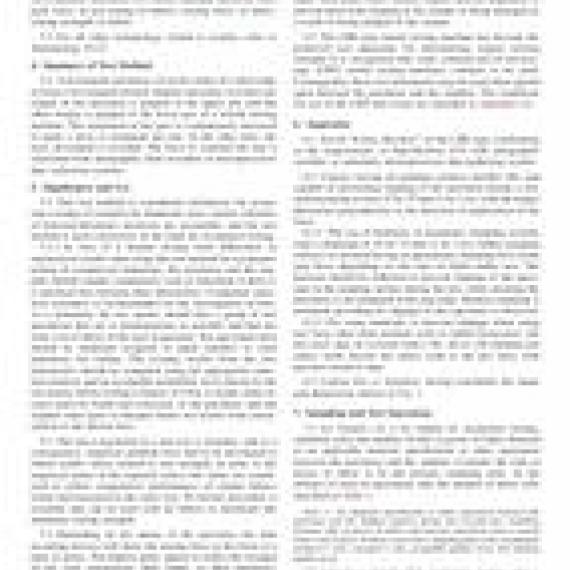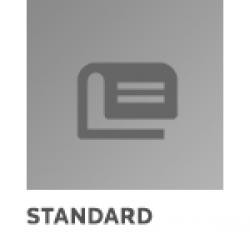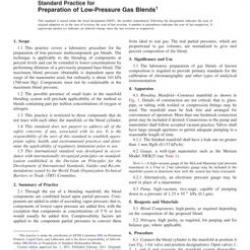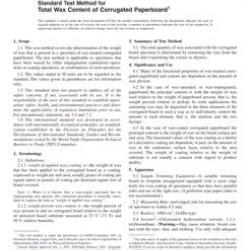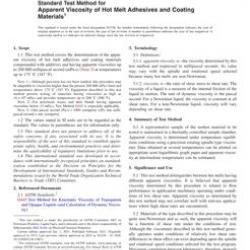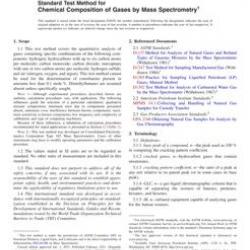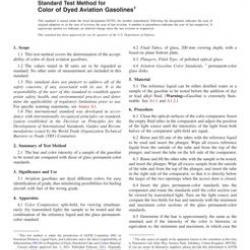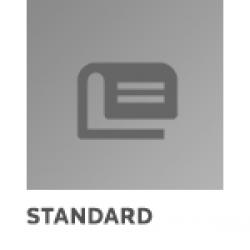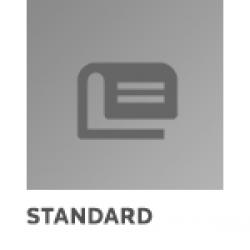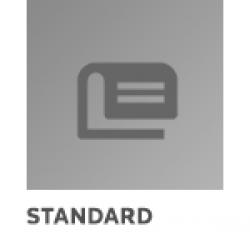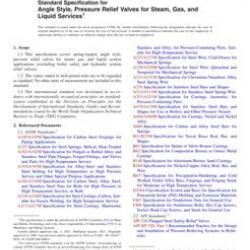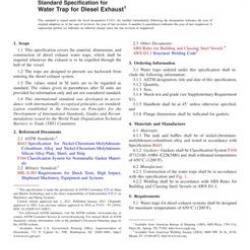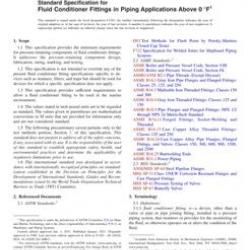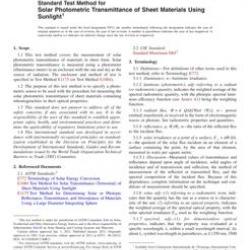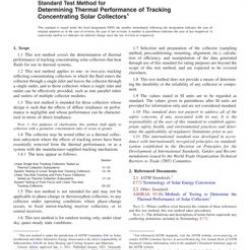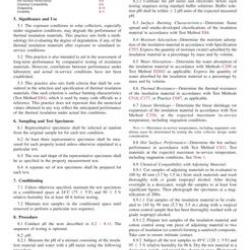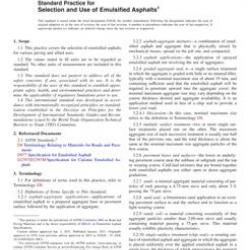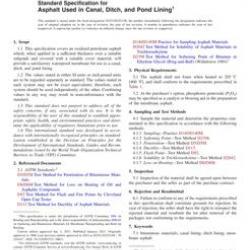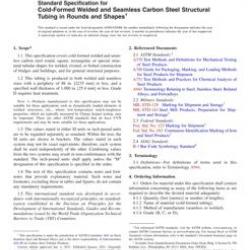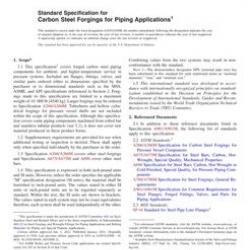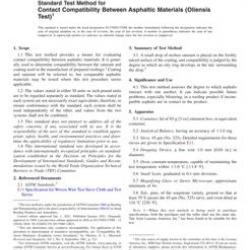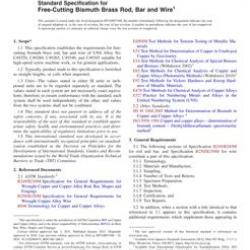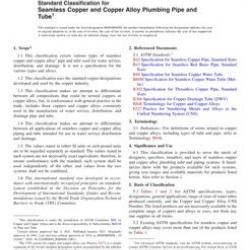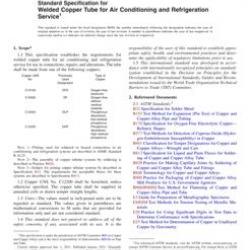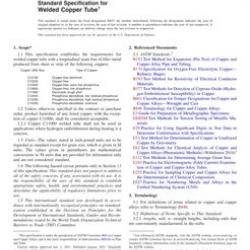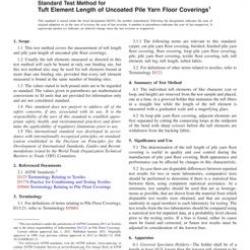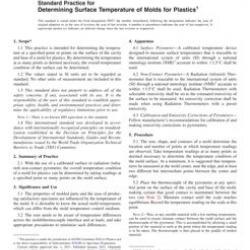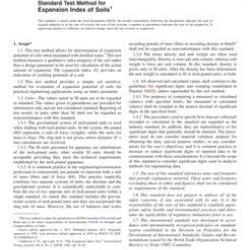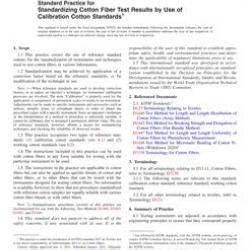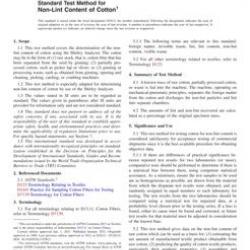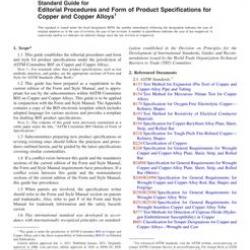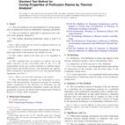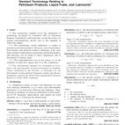No products
ASTM D2261-13(2017)e1
ASTM D2261-13(2017)e1 Standard Test Method for Tearing Strength of Fabrics by the Tongue (Single Rip) Procedure (Constant-Rate-of-Extension Tensile Testing Machine)
standard by ASTM International, 07/15/2017
Full Description
1.1This test method covers the measurement of the tearing strength of textile fabrics by the tongue (single rip) procedure using a recording constant-rate-of-extension-type (CRE) tensile testing machine.
1.1.1The CRE-type tensile testing machine has become the preferred test apparatus for determining tongue tearing strength. It is recognized that some constant-rate-of-traverse-type (CRT) tensile testing machines continue to be used. As a consequence, these test instruments may be used when agreed upon between the purchaser and the supplier. The conditions for use of the CRT-type tensile tester are included in Appendix X1.
1.2This test method applies to most fabrics including woven fabrics, air bag fabrics, blankets, napped fabrics, knit fabrics, layered fabrics, pile fabrics and non-wovens. The fabrics may be untreated, heavily sized, coated, resin-treated, or otherwise treated. Instructions are provided for testing specimens with or without wetting.
1.3Tear strength, as measured in this test method, requires that the tear be initiated before testing. The reported value obtained is not directly related to the force required to initiate or start a tear.
1.4Two calculations for tongue tearing strength are provided: the single-peak force and the average of five highest peak forces.
1.5The values stated in either SI units or inch-pound units are to be regarded as the standard. The inch-pound units may be approximate.
1.6This standard does not purport to address all of the safety concerns, if any, associated with its use. It is the responsibility of the user of this standard to establish appropriate safety, health, and environmental practices and determine the applicability of regulatory limitations prior to use.
1.7This international standard was developed in accordance with internationally recognized principles on standardization established in the Decision on Principles for the Development of International Standards, Guides and Recommendations issued by the World Trade Organization Technical Barriers to Trade (TBT) Committee.

